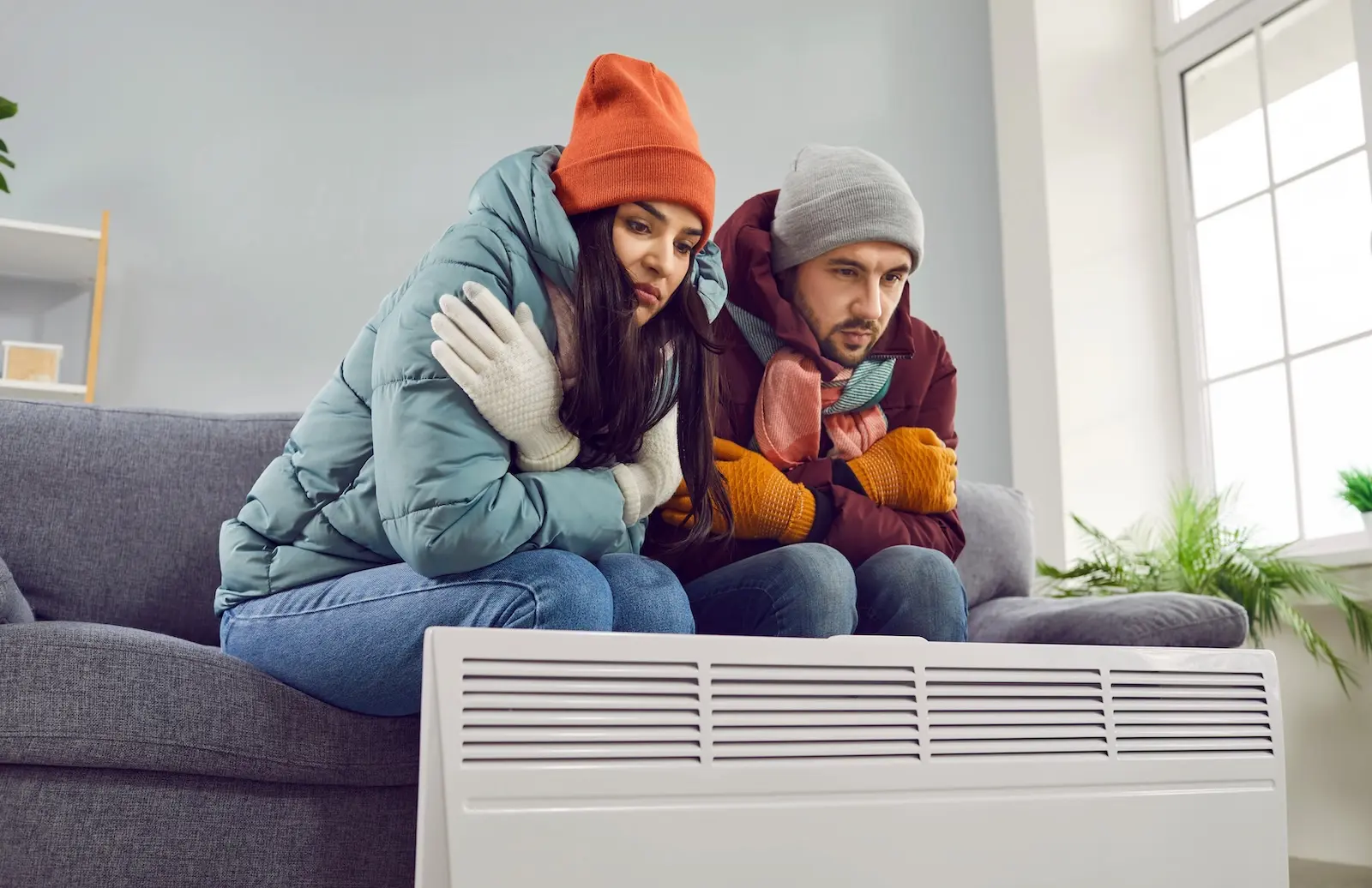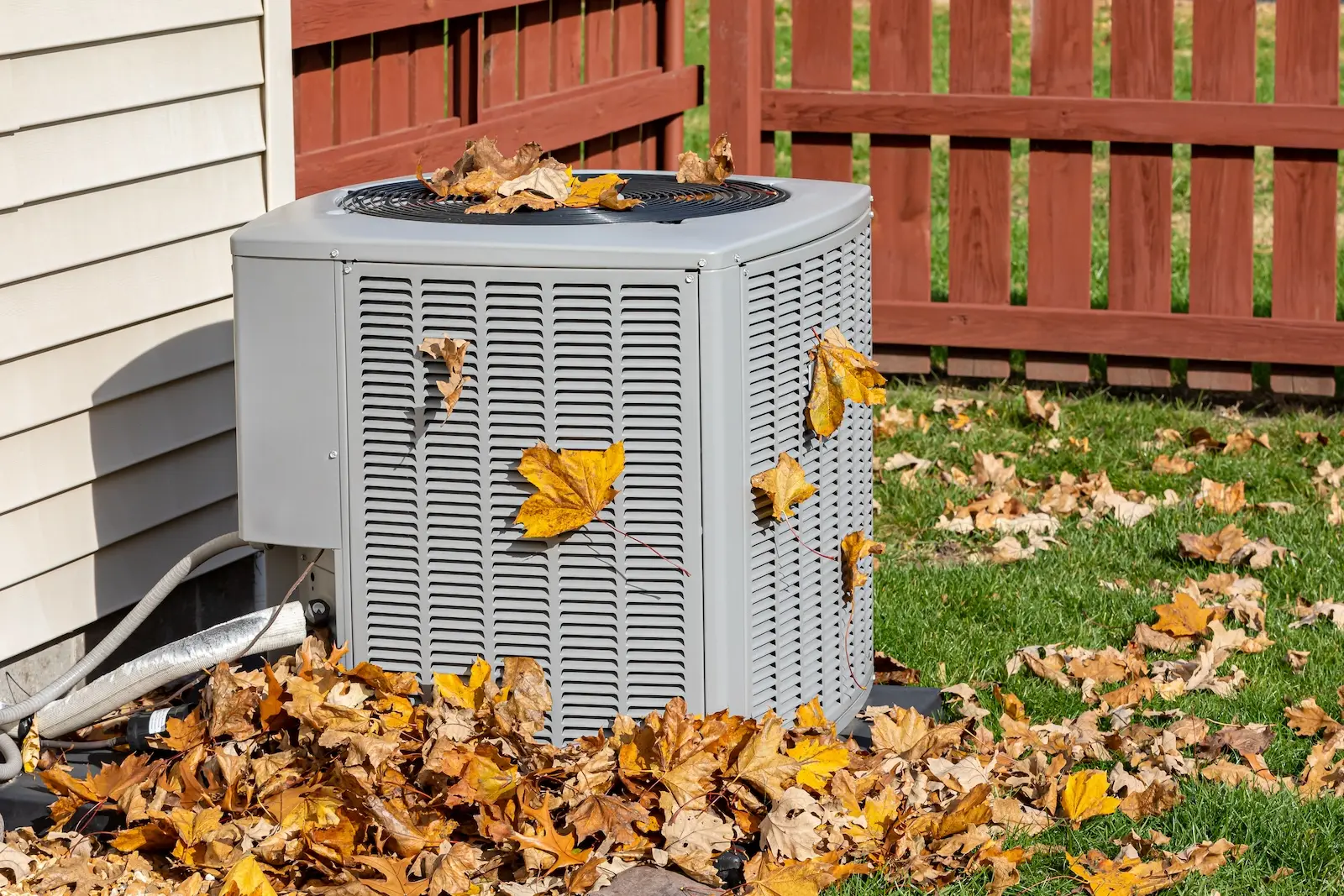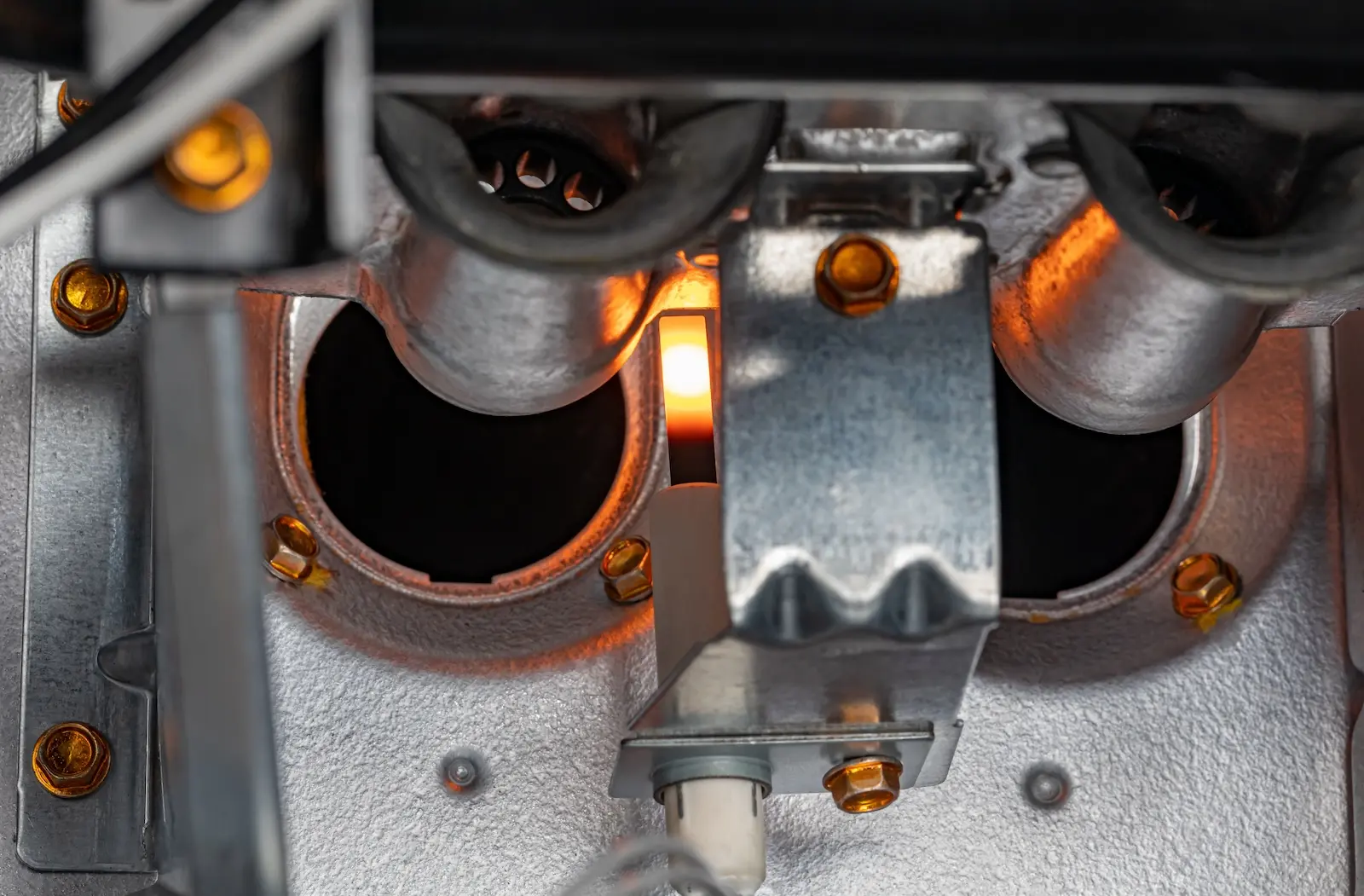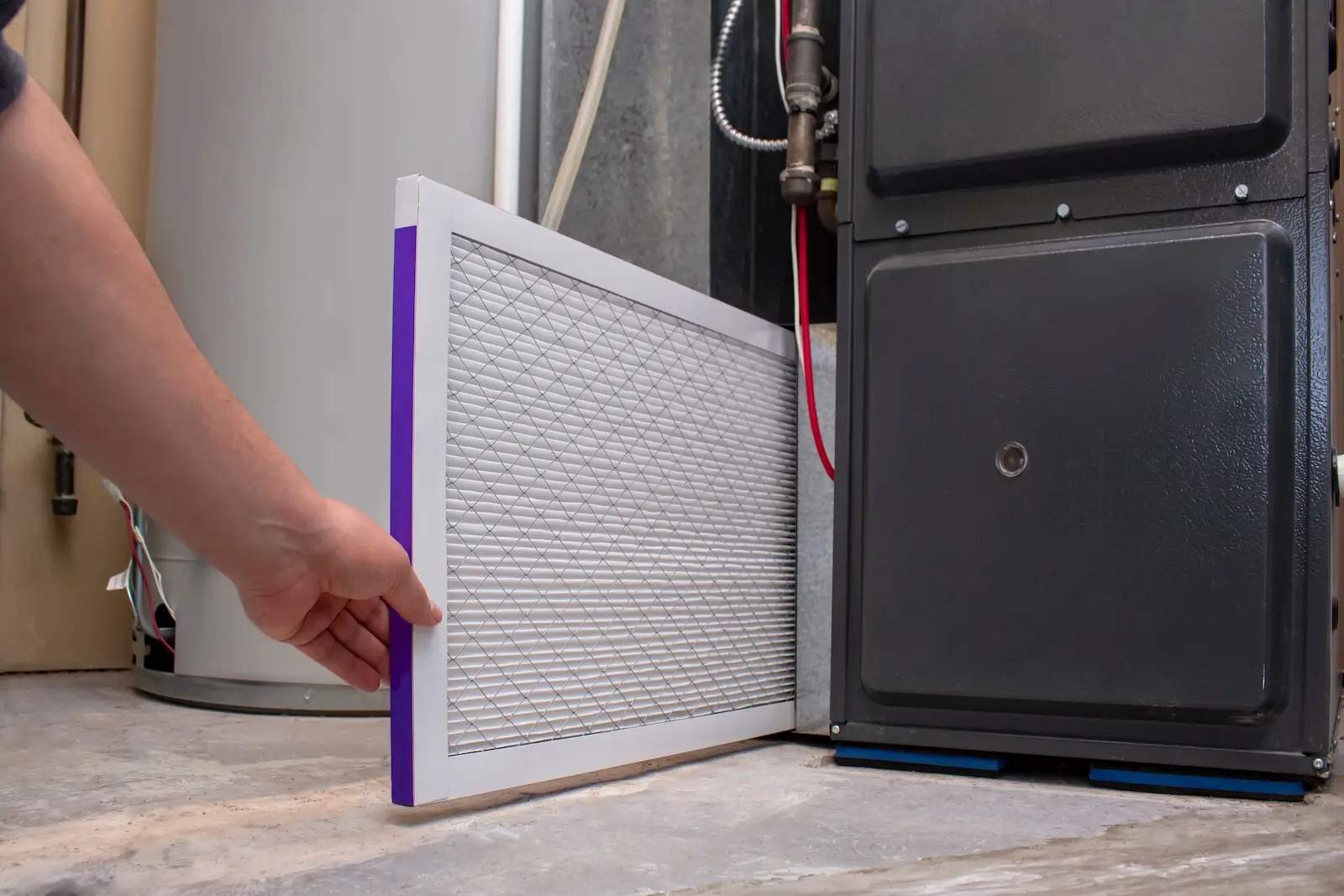It’s a classic Austin scenario: one day you’re basking in the sun, the next a cold front blows in and you suddenly need your heater. But what happens when you flip the switch and…nothing? Don’t panic! TemperaturePro Austin is here to help you troubleshoot those “heater not turning on” moments, especially with the unique challenges our city throws our way.

Why is My Heater Not Turning On? How Austin Weather Can Affect Your Unit
While there are many reasons why your heater might not be working, here are some common issues we see in Austin that are often exacerbated by our unique climate:
Thermostat Troubles:
- Batteries: Yes, it’s simple, but often overlooked. If your thermostat has batteries, try replacing them first.
- Temperamental temperatures: With Austin’s fluctuating temperatures, you may be switching between heating and cooling more often. Double-check your thermostat settings to ensure it’s set to “heat” and the temperature is set higher than the current room temperature.
- Calibration issues: Those temperature swings can also affect your thermostat’s calibration. If it’s not reading the temperature accurately, it may not signal your heater to turn on.
Power Problems:
- Tripped breakers: Frequent cycling due to temperature changes can sometimes trip the breaker for your heater. Check your electrical panel and reset it if necessary.
- Wiring issues: The humidity in Austin can affect the wiring in your heating system, potentially causing corrosion or loose connections.
Furnace-Specific Issues:
- Clogged air filters: Dust and allergens are common in Austin, and a dirty air filter can restrict airflow, causing your heater to overheat and shut down. Change your filter regularly, especially during peak seasons.
- Pilot light problems (for gas furnaces): If you have an older gas furnace, the pilot light may have gone out. Relighting it is usually a simple fix, but if you’re unsure, it’s best to call a professional.
- Ignition issues: Modern furnaces have electronic ignition systems that can be affected by power surges or humidity. A faulty ignitor, flame sensor, or control board can prevent your heater from turning on.

Heat Pump Issues:
- Refrigerant leaks: Heat pumps rely on refrigerant to transfer heat. Leaks can occur due to wear and tear or damage, and they can significantly impact your heat pump’s performance.
- Reversing valve issues: This valve controls the direction of refrigerant flow for heating and cooling. If it gets stuck, your heat pump may not be able to switch to heating mode.
- Clogged outdoor unit: Austin’s strong winds and occasional hail can damage the outdoor unit of your heat pump. Debris, ice buildup, or even overgrown vegetation can also block airflow and hinder its operation.
The Hard Water Factor:
- Mineral Buildup: Austin’s hard water contains dissolved minerals that can form scale deposits inside your heating system, particularly in the heat exchanger. This buildup reduces heat transfer, forcing your system to work harder and potentially causing damage over time.
- Reduced Efficiency and Lifespan: Scale acts as an insulator, hindering your heater’s ability to warm your home efficiently. This leads to higher energy bills and increased wear and tear on components, potentially shortening the lifespan of your system.
Don’t Let Austin’s Weather Win!
When your heater decides to take a break, TemperaturePro Austin is here to help. Our experienced technicians understand the unique challenges that Austin homeowners face, and we’re equipped to diagnose and resolve any heating issue.
Here’s how we can help:
- Accurate diagnosis: We’ll pinpoint the exact cause of your heating problem, whether it’s a simple fix or a more complex issue.
- Expert repairs: We’ll get your heater back up and running quickly and efficiently.
- Preventative maintenance: Our maintenance plans can help prevent future breakdowns and keep your system running smoothly all winter long.
- System upgrades: If your heater is old, inefficient, or not suited for Austin’s climate, we can recommend and install a new system that meets your needs.
Don’t let a “heater not turning on” situation ruin your day (or night!). Contact TemperaturePro Austin today, and we’ll restore your comfort in no time.



